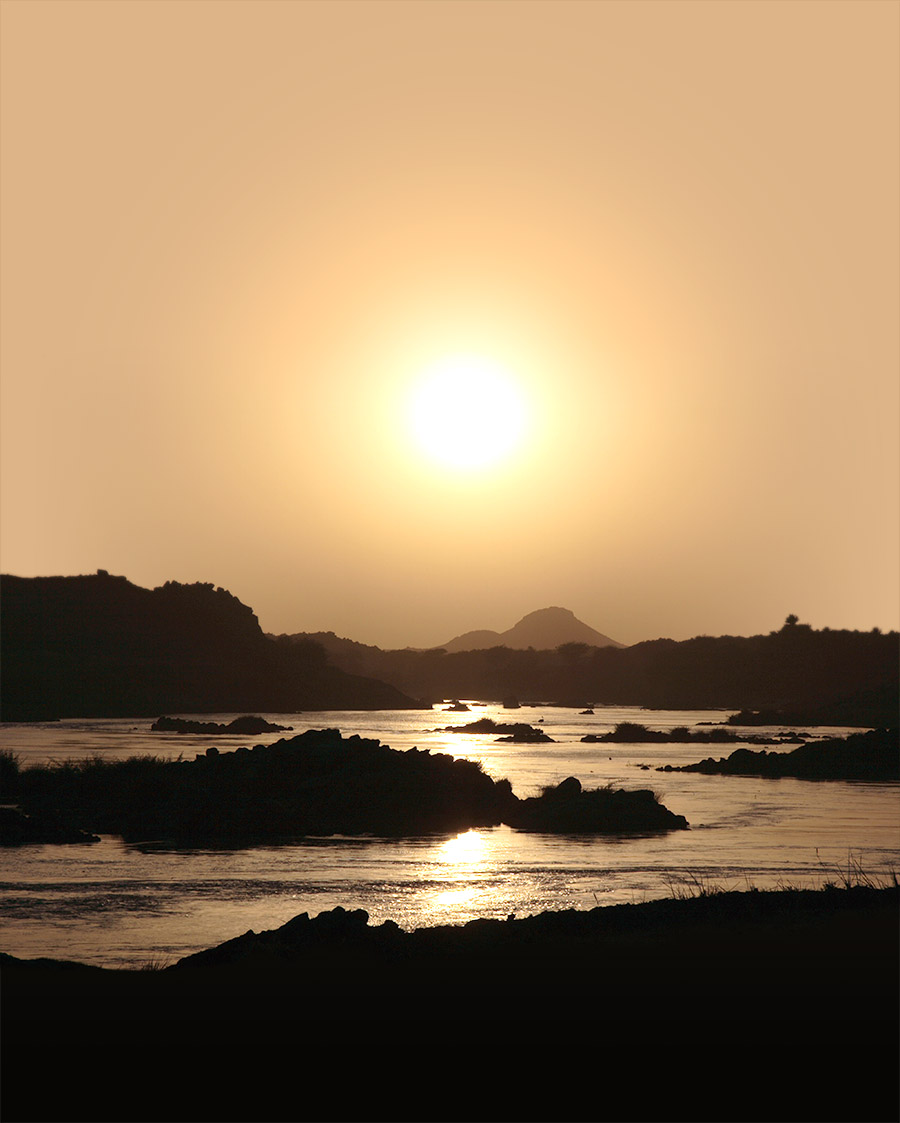Rock Art in Nubia

Graffiti, in one definition, are marks left on built structures, and in Kush this practice began in the Meroitic period (300 BCE–300 CE). But the creation of “rock art” — marks on natural rock surfaces — has a much longer history in the Middle Nile region. Rock art and graffiti both tend to be concentrated in particular places. They are not random doodles, but instead show relationships between people and environments. Rock art is particularly common in the cataract regions of the Nile, in part because of the abundant rock outcrops, but also perhaps because travel by boat in those areas is difficult. Travelers on foot likely had better opportunities to create rock art.
The earliest rock art in the Middle Nile seems to be Neolithic in date (5000–3000 BCE). Early themes are dominated by images of domesticated cattle, but wild animals including elephants and giraffes are also common.
The concentration of rock art closest to El-Kurru is in the 4th Cataract region, which is distinctive also for the presence of “rock gongs” — human-made, cup-shaped depressions that make sounds of different pitch when struck. This association further suggests the social and perhaps ritual significance of rock art, even if its full meaning is elusive.

